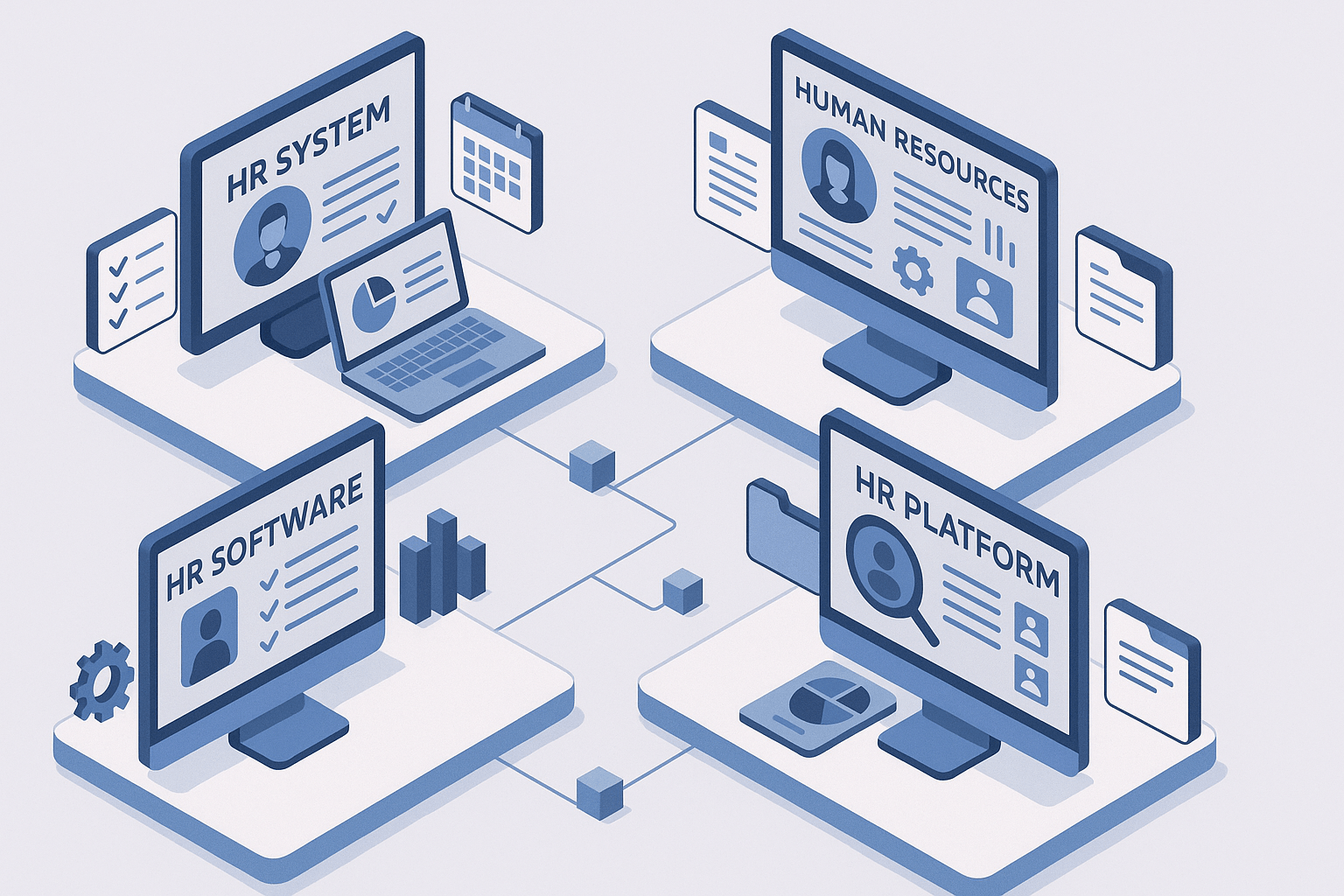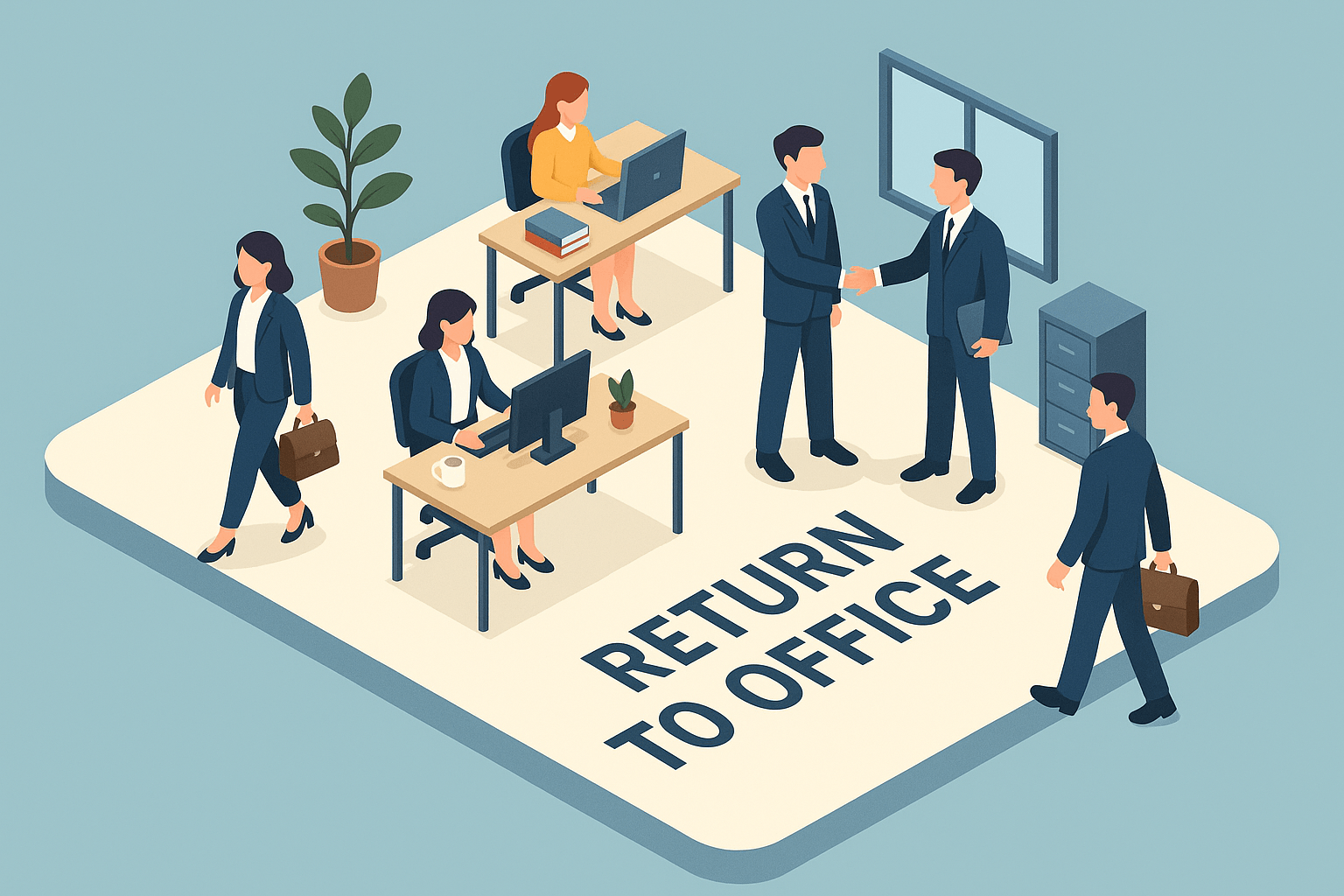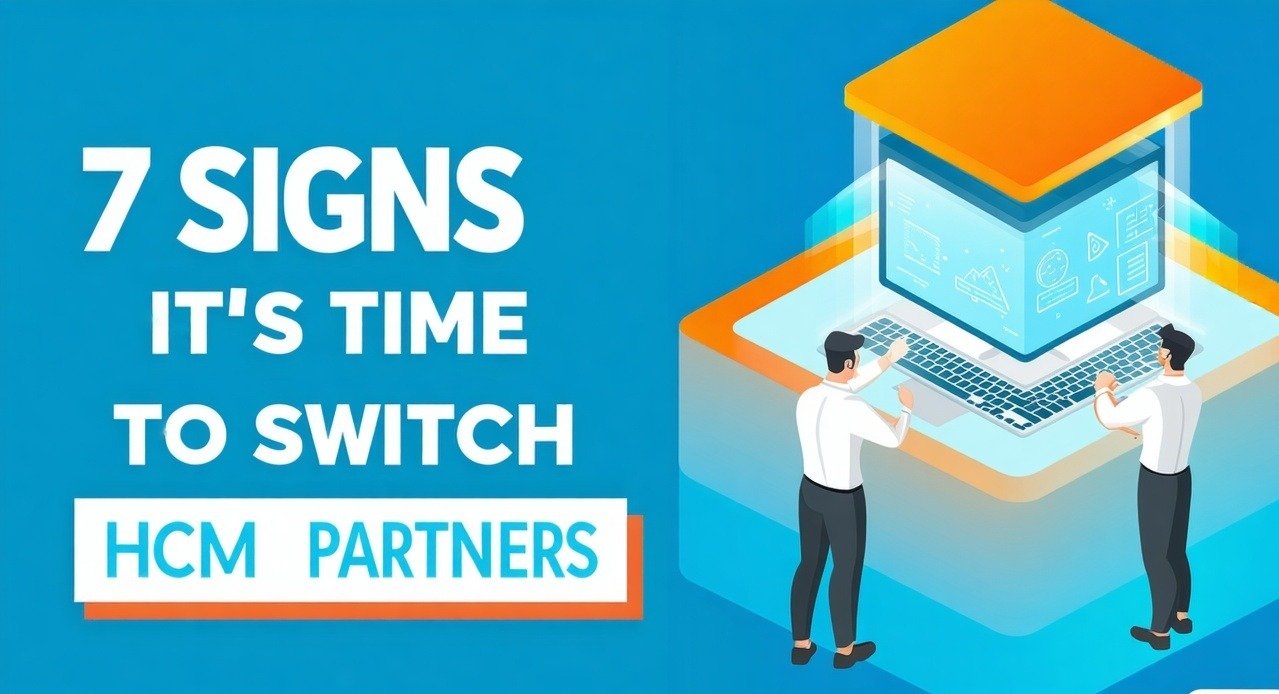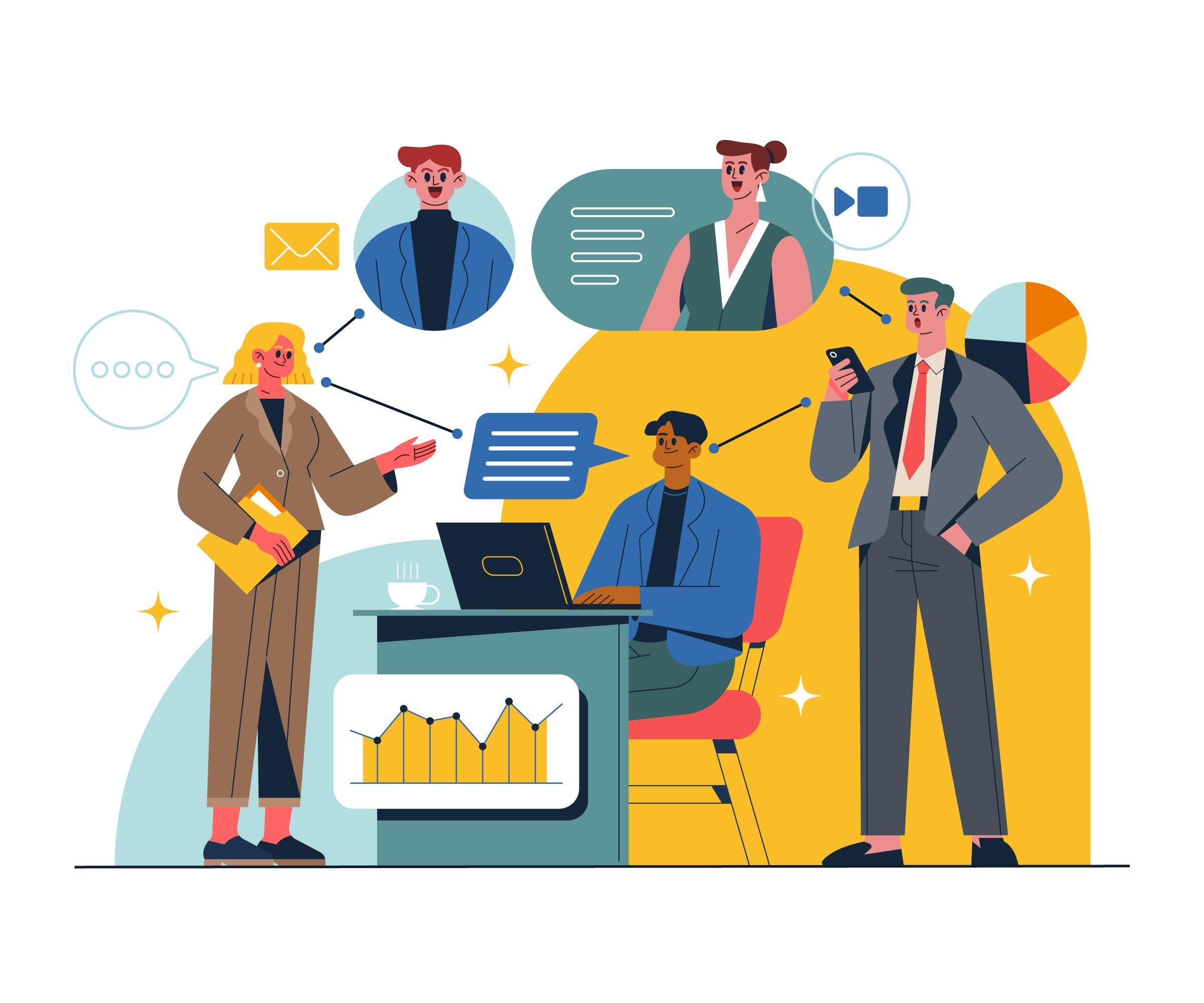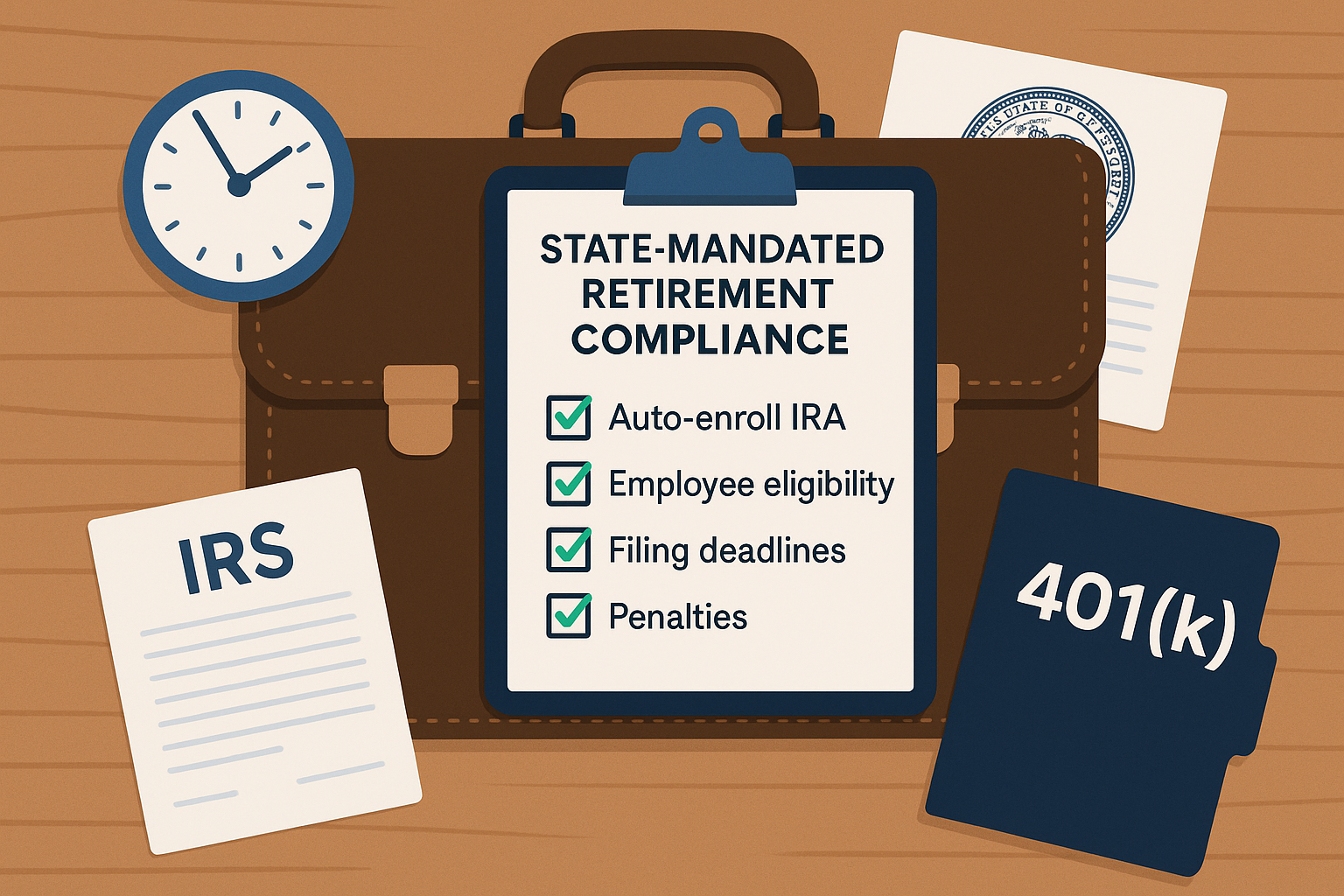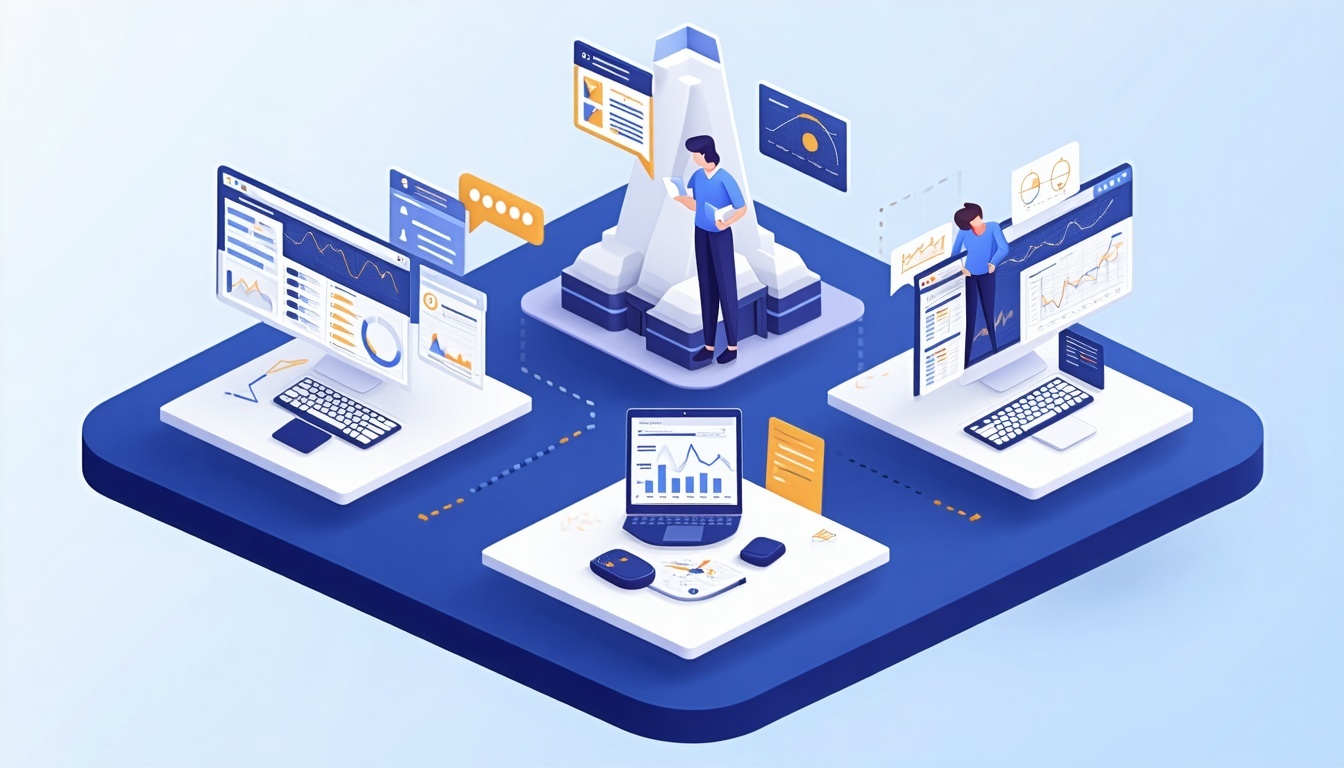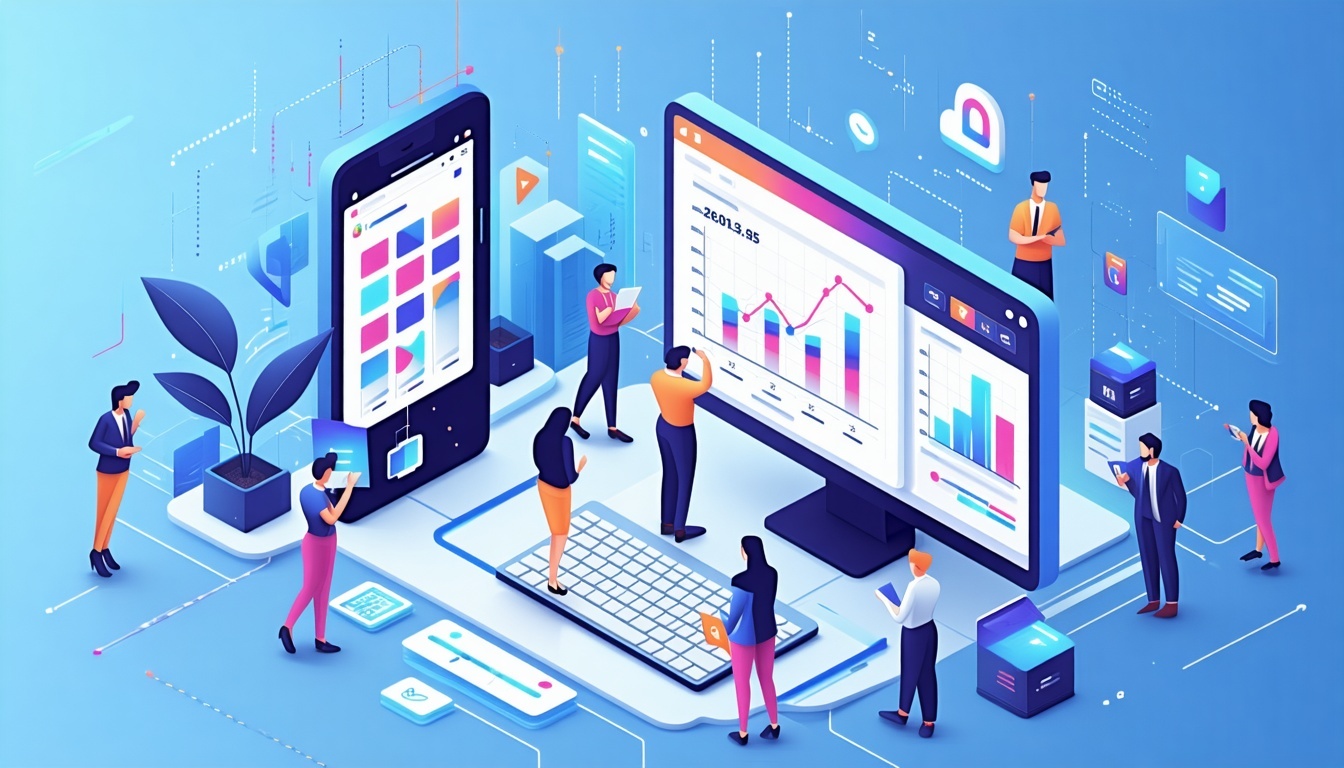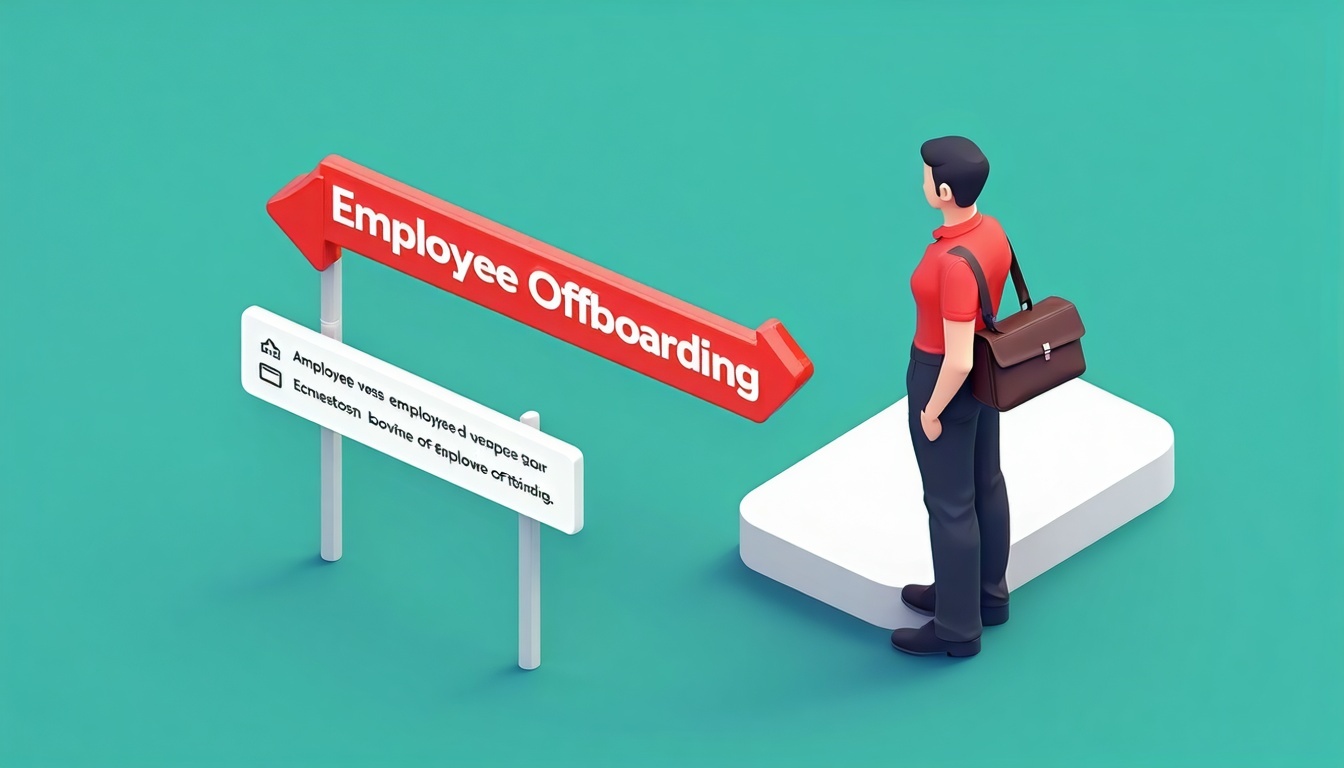Stop the Hiring Guesswork: How Small to Mid-Size Businesses Win with HCM Technology
May 2nd, 2025
5 min read
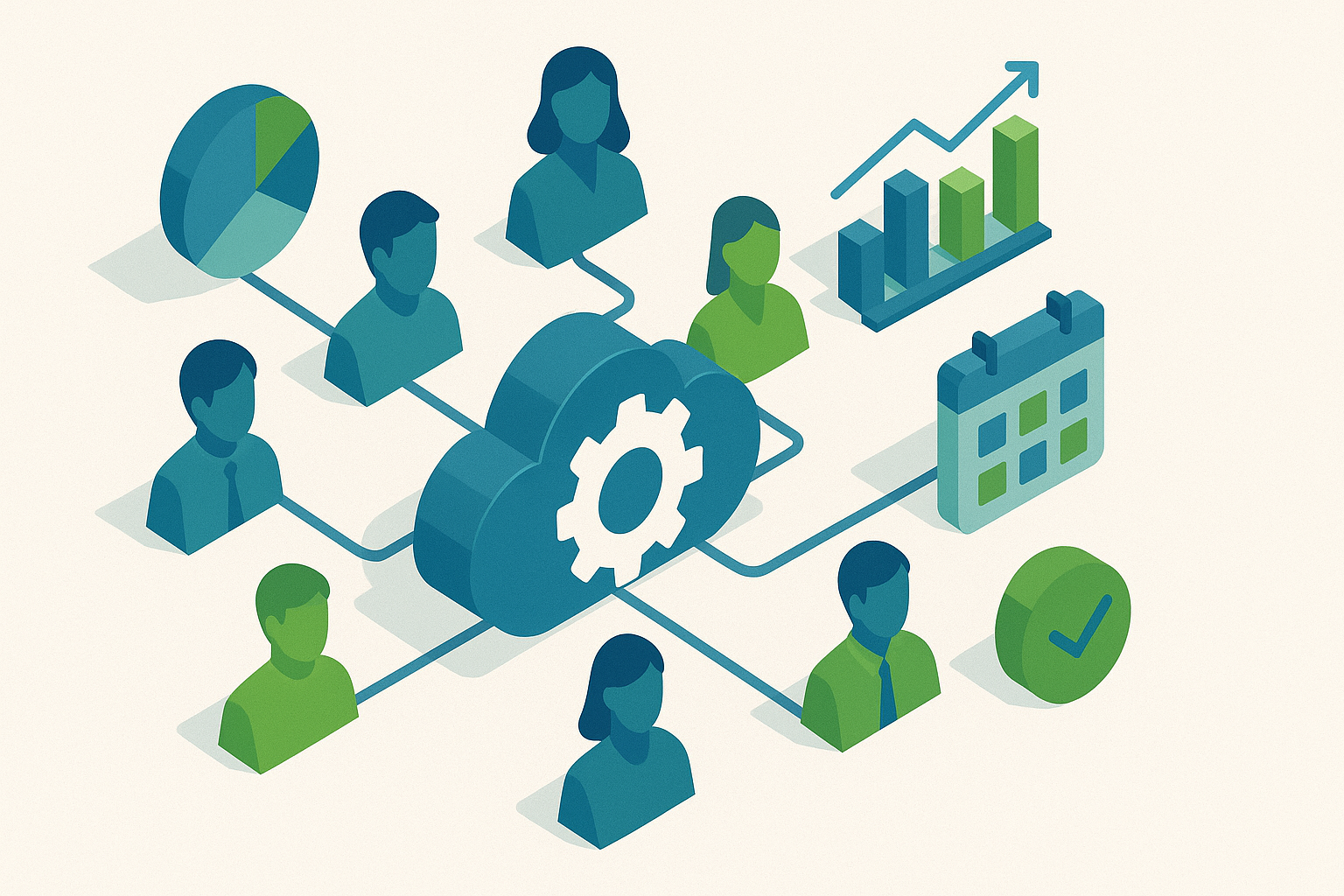
You’re trying to build a great team, but the hiring process is slow, expensive, and full of guesswork. You post the job, sift through a mountain of resumes, schedule endless interviews… and still end up with the wrong hire. Or worse, the right hire quits six months in.
Meanwhile, your HR systems feel like they’re stuck in 2009. They don’t talk to each other. They’re clunky. They drain your time and frustrate your team. Sound familiar?
At Lift HCM, we’ve guided dozens of organizations—small to mid‑size businesses—through the journey of replacing outdated HR tools with a unified, high-powered Human Capital Management platform. Our solution automates repetitive tasks, delivers data that predicts hiring success, and creates personalized employee experiences that boost satisfaction.
In this article, you’ll see how modern HCM technology can streamline recruitment, boost retention, and finally give you a clear return on your HR investments. You’ll also get practical, no-fluff steps you can take to make it happen—whether you’re hiring your fifth employee or your fiftieth.
Table of Contents
- What Is HCM Technology? A Simple Guide to Human Capital Management
- Why Modern Businesses Need HCM Technology for Talent Acquisition
- How HCM Technology Boosts Talent Retention
- Measuring Your ROI: Key Metrics for HCM Technology Success
- Best Practices for Implementing HCM Technology
- From Hiring Chaos to Clarity: Your Next Step with Lift HCM
What Is HCM Technology? A Simple Guide to Human Capital Management
Human Capital Management (HCM) technology is a single platform that helps you manage every part of the employee journey—from hiring and onboarding to performance, payroll, and beyond. It’s everything HR needs, in one place.
But it’s not just a fancy filing cabinet. Modern HCM platforms go way beyond admin tasks. Here’s what they bring to the table:
-
AI‑Driven Recruitment: Automated resume screening, smart candidate matching, and predictive hiring analytics.
-
Personalized Onboarding: Role‑specific training paths, digital paperwork, and socialization workflows.
-
Continuous Performance: Real‑time feedback channels, goal tracking, and calibration tools.
-
Learning & Development: Micro‑learning modules, skill‑gap analysis, and mentorship matching.
-
Workforce Analytics: Custom dashboards, predictive attrition modeling, and compliance monitoring.
📌 Quick takeaway: HCM technology connects every part of the employee experience in one seamless, data-driven platform—so you can stop reacting and start leading.
Why Modern Businesses Need HCM Technology for Talent Acquisition
Talent acquisition remains one of the most challenging aspects of human resources management. HCM technology offers powerful tools to attract, identify, and secure the right talent for your organization
Streamlining the Recruitment Process
Modern applicant tracking system (ATS) platforms have revolutionized recruitment by automating time-consuming administrative tasks and creating a more efficient hiring process. These systems can:
- Post job openings to multiple platforms simultaneously
- Screen resumes using AI-powered algorithms to identify qualified candidates
- Schedule interviews and manage candidate communications
- Track recruitment metrics to identify bottlenecks and opportunities for improvement
Leveraging AI for Better Candidate Matching
Artificial intelligence has transformed candidate sourcing and screening. AI-powered HCM tools can:
- Analyze job descriptions and candidate profiles to identify the best matches
- Reduce unconscious bias in the hiring process through objective screening criteria
- Predict candidate success based on historical data and performance patterns
- Engage passive candidates through personalized outreach
Quick takeaway: Companies utilizing AI in their recruitment processes report a reduction time-to-hire by up to 40% and decrease cost-per-hire by streamlining the recruitment workflow.
Creating a Seamless Candidate Experience
A smooth application journey reflects your brand well. HCM platforms can:
-
Offer mobile‑friendly applications so candidates can apply on the go.
-
Send automated, personalized updates at each stage—no more silence between interviews.
-
Integrate video interviews directly into the platform for flexible scheduling.
📌 Quick takeaway: Companies offering personalized application experiences see a 38% jump in offer acceptance rates.
How HCM Technology Boosts Talent Retention
Personalizing Employee Experiences Throughout the Employee Lifecycle
People stay when they feel seen and supported. Modern HCM systems let you:
-
Tailor onboarding to individual roles and learning styles.
-
Recommend training based on each person’s career goals.
-
Offer flexible benefits choices and remote‑work options.
-
Automate recognition programs that celebrate wins and milestones.
Organizations that implement personalized HCM experience experience retention rates that are up to 40% higher and productivity improvements of 33%. The grouped bar chart below demonstrates the correlation between enhanced HCM personalization and increased retention (up to 40%) and productivity (up to 33%).
Continuous Performance Management for Ongoing Engagement
Annual reviews feel outdated. Continuous performance tools allow you to:
-
Give real‑time feedback via mobile or desktop.
-
Set and track goals in short sprints.
-
Enable peer recognition with shout‑outs and badges.
-
Analyze performance data to spot skill gaps and coaching opportunities.
Organizations utilizing continuous performance management experience a 41% increase in engagement and a 34% reduction in voluntary turnover. The line chart below illustrates the 41% increase in engagement over an 18-month period following the implementation of continuous feedback tools.
Predicting Flight Risks and Taking Proactive Action
Losing a high performer costs far more than recruiting a replacement. HCM analytics can:
- Identify patterns in attendance, feedback scores, and network analysis.
- Score flight risk on a dashboard so managers see who needs attention.
- Suggest interventions—mentoring, stretch assignments, or benefits changes—to keep top talent.
Firms using predictive retention analytics cut unwanted turnover by up to 35%. Below is a heatmap highlighting departments and job levels with the highest flight risk, helping prioritize retention interventions.
Measuring Your ROI: Key Metrics for HCM Technology Success
Implementing HCM technology requires significant investment, making it essential to measure and demonstrate return on investment. Key metrics to track include:
Recruitment Efficiency Metrics
- Time-to-hire
- Cost-per-hire
- Quality of hire (measured by performance ratings and retention)
- Candidate experience scores
- Diversity and inclusion metrics
Retention and Engagement Metrics
- Employee turnover rate (voluntary and involuntary)
- Average tenure
- Employee engagement scores
- Internal mobility rates
- Training completion and effectiveness
Productivity and Performance Metrics
- Revenue per employee
- Performance rating distributions
- Goal achievement rates
- Time to productivity for new hires
Cost Savings and Financial Impact
- Reduction in recruitment costs
- Savings from decreased turnover
- Efficiency gains from automated processes
- Reduced compliance-related costs and risks
Organizations that effectively measure and optimize their HCM technology implementations report an average ROI of 2.5x to 3.5x their initial investment within the first three years.
As shown in the dual-axis chart below, you can see substantial reductions in both metrics after HCM implementation (58% reduction in time-to-hire and 52% savings in cost-per-hire).
Best Practices for Implementing HCM Technology
This chart illustrates the recommended allocation of HCM technology investment across different functional modules based on maximum ROI potential. Data derived from benchmarking studies of organizations with successful implementations:
| HCM Module | Recommended Budget Allocation | Key Investment Areas |
|---|---|---|
| Recruitment & ATS | 24% | AI-powered candidate matching, multi-channel sourcing tools, and automated screening |
| Onboarding | 12% | Digital document management, personalized learning paths, socialization tools |
| Performance Management | 18% | Continuous feedback systems, goal tracking, and calibration tools |
| Learning & Development | 16% | Microlearning platforms, skill gap analysis, and content creation tools |
| Compensation & Benefits | 10% | Market benchmarking, total rewards visibility, equity analysis |
| Employee Engagement | 14% | Pulse surveys, recognition systems, and communication platforms |
| Workforce Analytics | 6% | Predictive modeling, data visualization, and custom dashboards |
Organizations should adjust this allocation based on their specific talent challenges, industry demands, and current technology maturity.
Align Human Capital Management with Business Strategy
- Clearly define organizational goals and how HCM technology will support them
- Involve key stakeholders from across the organization in technology selection
- Prioritize features that address your most pressing talent challenges
- Ensure integration capabilities with existing business systems
Ensure a User‑Friendly Rollout and Training Plan
-
Choose intuitive systems that require minimal clicks.
-
Offer role‑based training and quick‑start guides.
-
Gather feedback at each phase and iterate.
Ensure Data Security & Compliance
- Evaluate vendors' security protocols and compliance certifications
- Implement role-based access controls
- Develop clear data governance policies
- Stay informed about evolving privacy regulations
Plan for Scalability
- Choose solutions that can grow with your organization
- Consider future needs and potential expansions
- Opt for modular systems that allow for incremental implementation
- Build in flexibility to adapt to changing workforce trends
From Hiring Chaos to Clarity: Your Next Step with Lift HCM
Previously, hiring and retaining top talent was like navigating a dark maze—manual resume reviews, siloed systems, impersonal onboarding, and high turnover left you frustrated and reactive instead of strategic. Tools weren’t designed to help your business scale or your people succeed.
Today, this can change. With the right Human Capital Management technology—like the solutions we offer at Lift HCM—you can automate tasks, personalize the employee experience, and make smarter decisions with real-time data. This article demonstrated how HCM systems modernize recruitment, enhance retention, and unlock measurable ROI. You've learned how AI simplifies hiring, how analytics reduce flight risk, and how integrated systems elevate the employee lifecycle.
Looking ahead, businesses adopting unified HCM platforms position themselves for sustainable growth, stronger cultures, and a competitive edge in the talent market. You don’t have to settle for outdated systems or guesswork anymore. With Lift HCM, you're not just purchasing software—you gain a strategic partner committed to helping your people thrive and your business grow.
Take the next step: Request a Free Demo or connect with our team to see how Lift HCM can help you build a future-ready workforce!
Caitlin Kapolas is a results-driven professional with a strong background in account management and retail. She is dedicated to improving client experiences and building lasting relationships. Caitlin excels in identifying client needs, resolving issues, and implementing customized solutions that drive value. Her effective communication skills ensure high client satisfaction and loyalty, making her a trusted advisor and partner in meeting client needs with precision and professionalism.













